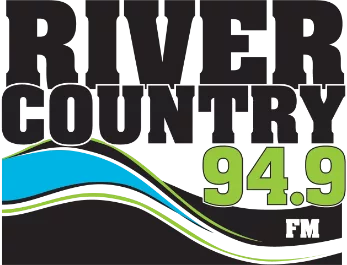
Courtesy: Government of Alberta
WINTER BURNING SAFETY
A surprising number of wildfires start in the winter. A lack of snow cover can leave brown, dry grass exposed and ready to ignite. Sparks from controlled fires like campfires, burn barrels or agricultural burning can inadvertently cause winter wildfires.
Winter burning can also cause dangerous driving conditions when smoke lingers in the air, since smoke can stay close to the ground and travel great distances on cold days. The ideal conditions for burning are typically days with average temperatures and minimal wind.
When burning during winter:
- listen to the weather forecast for snow conditions and wind predictions before you set your fire
- refrain from burning when an inversion is in place or is forecasted
- consult local municipalities and authorities on how to mitigate impacts when undertaking larger winter burning projects near communities or roads
- actively manage burn projects to reduce total burning time and smoke impacts
- burn debris in stages so that you can adapt to changing weather conditions and reduce smoke
- ensure good snow cover in the burn area (more than 15 cm)
WINTER BRUSH PILES AND WINDROWS
Winter is a great time to burn brush piles, windrows and other projects. With a good amount of snow, the risk of your fire spreading is limited. You should still:
- make sure you have appropriate tools and water on hand to manage your fire
- use caution if drought conditions are high to extreme, as the fire may dig in and burn underground
- insert a metal rod into your fire to tell if it is extinguished or if it’s still burning underground; if the metal rod comes out hot or warm to the touch, you know the fire is still smouldering
- extinguish a fire by soaking it, stirring it, and soaking it again, even if you have to use heavy equipment to stir up your fire or dig down to allow water to reach the fire





